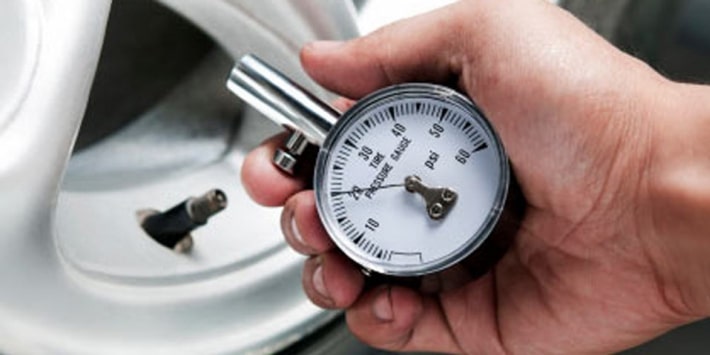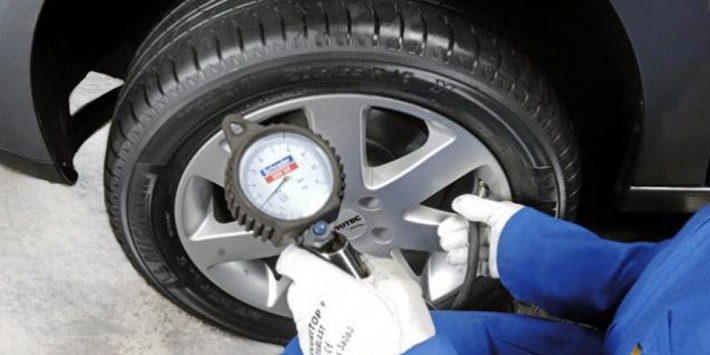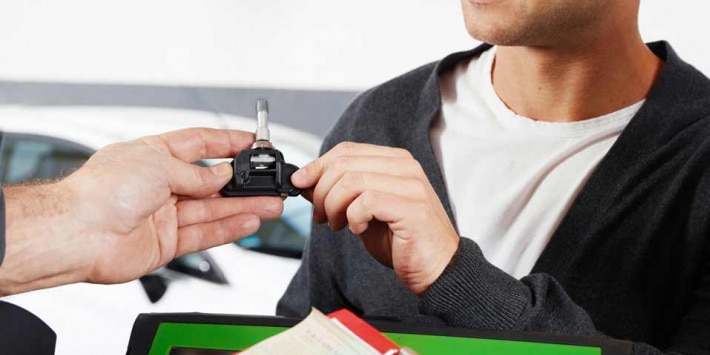Mandatory on new vehicles since 1st November 2014, tyre pressure monitoring systems (TPMS) continually monitor the air pressure in each tyre and display a warning on the dashboard if an under-inflated tyre is detected. Simple and practical, TPMS requires only minimum maintenance. Here’s what you need to know to ensure your TPMS is working correctly.
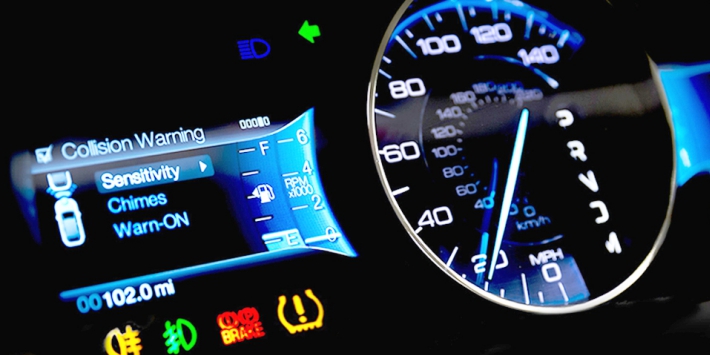
Warning lights on your dashboard?
If there’s a problem with your tyres, you’ll likely see one of two TPMS alerts:
- A fixed warning light: this tells you that one of your tyres is not inflated to the correct pressure. You need to check and adjust your tyre pressure as soon as possible.
- A red and/or flashing light: this signals that the tyre monitoring system has experienced a failure and is no longer reliable. In this case, you should get it checked straight away by a professional.
What you need to know to maintain your TPMS
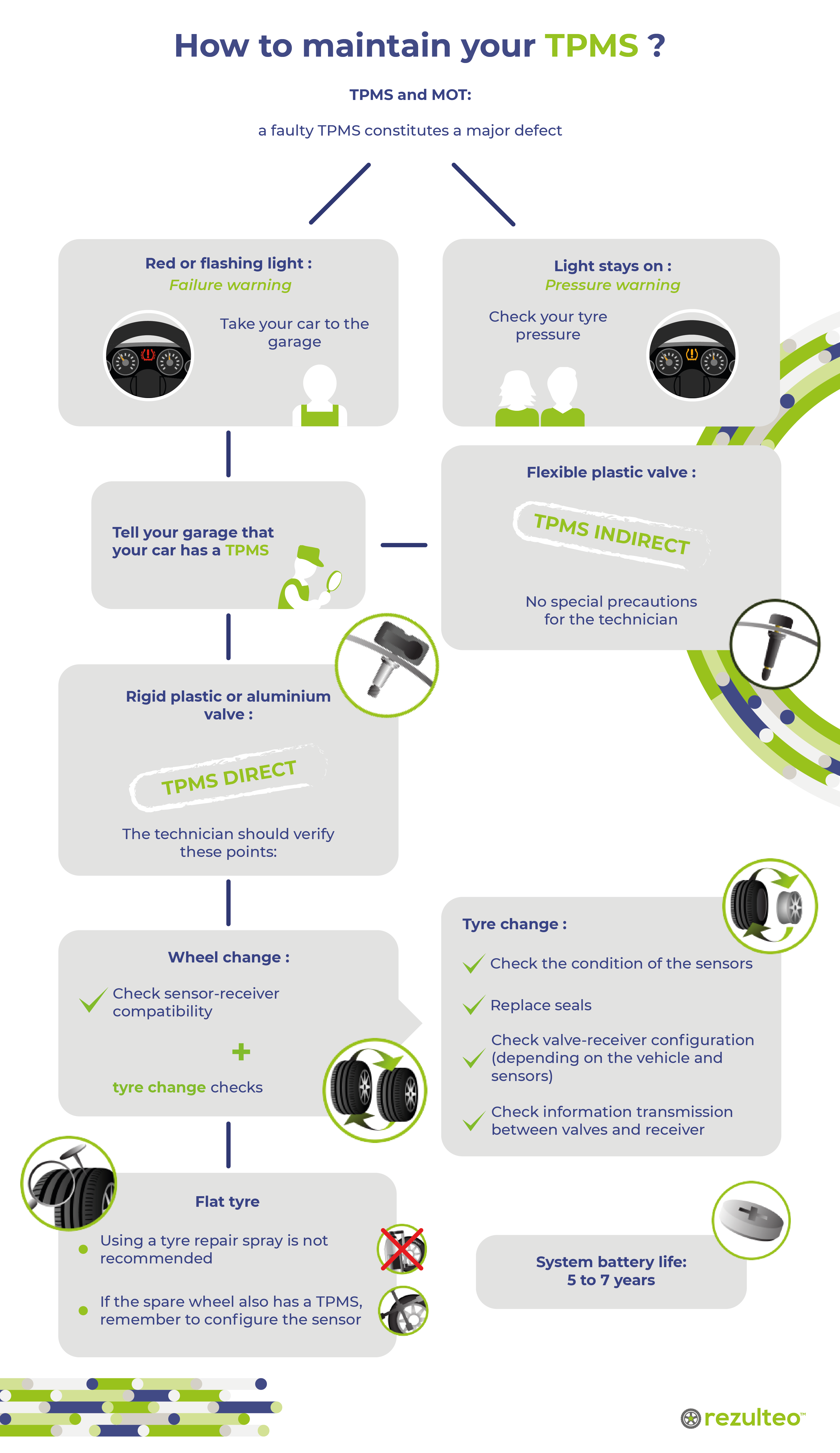
To maintain your tyre pressure monitoring system and ensure that it’s working correctly, there are 3 simple rules to remember:
- Always tell your local garage or tyre fitter that your vehicle is equipped with a TPMS.
- Identify what type of TPMS you have: direct or indirect. To do this, you just need to look at your tyre inflation valve:
- If it’s flexible (usually black plastic), you have an indirect TPMS.
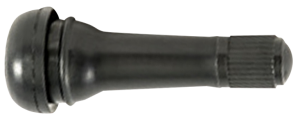
- If it’s rigid (either plastic or aluminium), you have a direct TPMS.
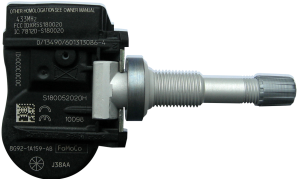
3. If you have a direct TPMS, take extra care in the following situations:
- When you change your tyres or wheels (winter/summer) your technician needs to configure the TPMS and carry out several checks.
- If your spare tyre has a TPMS, don’t forget to have this one checked/configured as well.
- In the event of a puncture, to avoid damaging your TPMS sensor, never use a puncture repair spray.
What your tyre fitter should do when carrying out maintenance
If you are equipped with an indirect TMPS, the tyre fitter does not need to take any special precautions.
However, if you have a direct TPMS, he or she needs to do the following:
When changing tyres (keeping the same rims):
- Check the sensors are in good condition
- Replace the seals
- Configure the valves with the unit (depending on the vehicle and sensors)
- Check that information is correctly transferred between the valves and the receiving unit
When changing wheels (tyres and rims):
- All the steps above plus,
- Check that the sensors installed are compatible with the receiving unit
rezulteo info: TPMS batteries have an estimated service life of 5 – 7 years and cannot be changed. If the TPMS fails it must be replaced.


